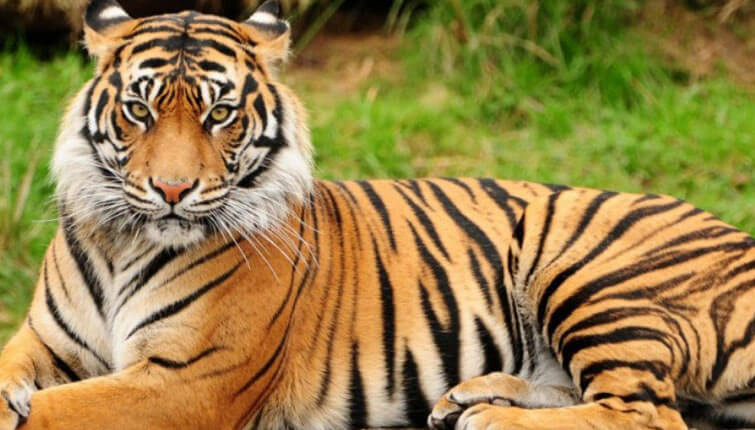If you are a true patriot, you would know about the National Symbols of India. National Symbols are the identity of a nation or a country. These symbols try to unite the people of different cultures, beliefs, and values on the same land. Just like every country, India has various national symbols such as a flag, an emblem, a historical document, an animal, a bird, etc. Here we will discuss the details about the National Animal of India below.
National Animal of India
Bengal Tiger or Royal Bengal Tiger is the National animal of India who is found in the major part of the country.
As we all know the tiger is known for power, strength, stamina, and agility which is unmatched to any other animal. It is the lord of the Jungle and India’s wildlife wealth. The total number of tigers is less in all over the world that is why it is important to save or conserve tigers.
Bengal tiger became the National Animal of India in April 1973 with the initiation of the Project Tiger to protect the tigers in India as its population was decreasing drastically. Till 1972, India had Lion as a National Animal. After the declaration of the tiger as a national animal, the population of tigers has increased in India.
Also Read,
- COVID-19 Count In India- Check Statewise Report and Coronavirus Helpline Number
- SSC Vs NTPC Vs Bank PO- Detailed Comparison
Bengal Tiger belongs to the Panthera Tigris species, this is the scientific name of Bengal tiger and it is the biggest wild cat alive today under the genus Panthera. It is among the eight varieties of tigers found in India. It is the National Animal of two countries, India and Bangladesh and found only in the Indian Subcontinent. Bengal Tigers are carnivorous and only eat other animals. They can eat 30kg of meat at a time and can survive for three weeks without food. Its main habitats are grasslands, Forest and mangrove vegetation. They are solitary by nature and do not form packs that show their power and strength.
Reduction of forest cover due to which tigers are losing their natural habitat, climate change, poaching and illegal trades of the tiger are the main reasons behind decreasing the number of tigers all over the world. Since 2010, Bengal Tigers have been classified under the Endangered category by IUCN (International Union for Conservation of Nature) Red List.
The total number of tigers in India have increased to 2967 in 2018 in India. Madhya Pradesh has the highest number of tigers followed by Karnataka and Uttarakhand. India is home to 70% of the world’s population of tigers and has various tiger reserves across the country to save the tiger and to give them a natural habitat.
Click Here to Register for Bank Exams 2020 Preparation Material
Practice with,



 Weekly Current Affairs One Liners 23rd t...
Weekly Current Affairs One Liners 23rd t...
 CSIR CRRI Typing Test 2025 Date for JSA ...
CSIR CRRI Typing Test 2025 Date for JSA ...
 Can Final Year Students Apply for SBI PO...
Can Final Year Students Apply for SBI PO...


